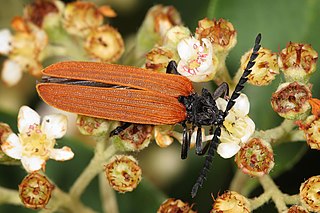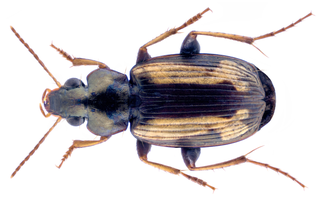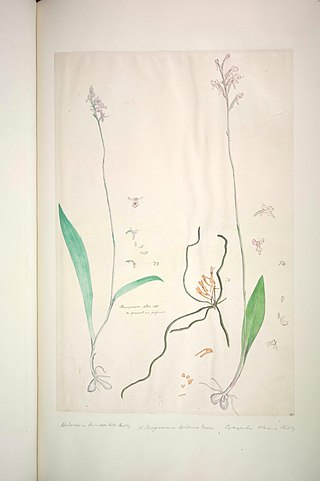
Cryptonomicon is a 1999 novel by American author Neal Stephenson, set in two different time periods. One group of characters are World War II-era Allied codebreakers and tactical-deception operatives affiliated with the Government Code and Cypher School at Bletchley Park (UK), and disillusioned Axis military and intelligence figures. The second narrative is set in the late 1990s, with characters that are descendants of those of the earlier time period, who employ cryptologic, telecom, and computer technology to build an underground data haven in the fictional Sultanate of Kinakuta. Their goal is to facilitate anonymous Internet banking using electronic money and (later) digital gold currency, with a long-term objective to distribute Holocaust Education and Avoidance Pod (HEAP) media for instructing genocide-target populations on defensive warfare.

John William Waterhouse was an English painter known for working first in the Academic style and for then embracing the Pre-Raphaelite Brotherhood's style and subject matter. His artworks were known for their depictions of women from both ancient Greek mythology and Arthurian legend.

Alfred Waterhouse was an English architect, particularly associated with the Victorian Gothic Revival architecture, although he designed using other architectural styles as well. He is perhaps best known for his designs for Manchester Town Hall and the Natural History Museum in London, although he also built a wide variety of other buildings throughout the country. Besides his most famous public buildings he designed other town halls, the Manchester Assize buildings—bombed in World War II—and the adjacent Strangeways Prison. He also designed several hospitals, the most architecturally interesting being the Royal Infirmary Liverpool and University College Hospital London. He was particularly active in designing buildings for universities, including both Oxford and Cambridge but also what became Liverpool, Manchester and Leeds universities. He designed many country houses, the most important being Eaton Hall in Cheshire, largely demolished in 1961-63. He designed several bank buildings and offices for insurance companies, most notably the Prudential Assurance Company. Although not a major church designer he produced several notable churches and chapels. He was both a member of The Royal Institute of British Architects, of which he served a term as President, and a Royal Academician, acting as Treasurer for the Royal Academy.

George Robert Waterhouse was an English naturalist. He was a keeper at the department of geology and later curator of the Zoological Society of London's museum.
The following lists events that happened during 1861 in Australia.

Lymnaeidae, common name the pond snails, is a taxonomic family of small to large air-breathing freshwater snails, aquatic pulmonate gastropod mollusks, that belong to the clade Hygrophila.

The Magic Circle is an 1886 oil painting in the Pre-Raphaelite style by John William Waterhouse. Two copies of the painting were produced. The paintings and a study depict a witch or sorceress using a wand to draw a fiery magic circle on the Earth to create a ritual space for her ceremonial magic. As was common in the period, Waterhouse repeated his subject on a smaller scale, probably at the request of a collector.

The Lycidae are a family in the beetle order Coleoptera, members of which are commonly called net-winged beetles. These beetles are cosmopolitan, being found in Nearctic, Palearctic, Neotropical, Afrotropical, Oriental, and Australian ecoregions.
Joseph Waterhouse was an English-born Australian Methodist minister and missionary in Fiji. He is credited with having converted Seru Epenisa Cakobau, the chief of Bau and King of Fiji, to Christianity.
William Waterhouse was an English bassoonist and musicologist. He played with notable orchestras, was a member of the Melos Ensemble, professor at the Royal Northern College of Music, author of the Yehudi Menuhin Music Guide "Bassoon", of The New Langwill Index, and contributor to the New Grove Dictionary of Music and Musicians.

Charles Owen Waterhouse was an English entomologist who specialised in Coleoptera. He was the eldest son of George Robert Waterhouse.

Mallos is a genus of cribellate araneomorph spiders in the family Dictynidae, and was first described by O. Pickard-Cambridge in 1902. Among the genus, Mallos gregalis is known to be a social spider species, living in groups and signaling each other by vibrating their web.

Ocybadistes flavovittatus, the common dart or narrow-brand grass-dart, is a butterfly of the family Hesperiidae. It is found in Indonesia, Australia and Papua New Guinea.
Chalcophorotaenia is a genus of beetles in the family Buprestidae, containing the following species:

Tetragonoderus is a genus of beetles in the family Carabidae, containing the following species:
Waterhouse From old German / Dutch, meaning a house by water. Most common in the Derbyshire, Lancashire and Yorkshire regions Old English locational surname.
Mesechthistatus binodosus is a species of beetle in the family Cerambycidae. It was described by Waterhouse in 1881.

William Deans Cowan was a Scottish naturalist. He was a member of the London Missionary Society who was sent to Madagascar (1874-1881), where he taught Malagasy students at Fianarantsoa.He was an authorities collector of natural history material including lemurs, birds, reptiles, molluscs and insects that were sent to the zoology department of the British Museum under Albert Günther. Much of his plant collection, is also held by that institutions herbarium then under William Carruthers.He also collected insects for John Obadiah Westwood, birds for Alfred Newton and orchids for Henry Nicholas Ridley He was a Member of the Royal Geographic Society.










